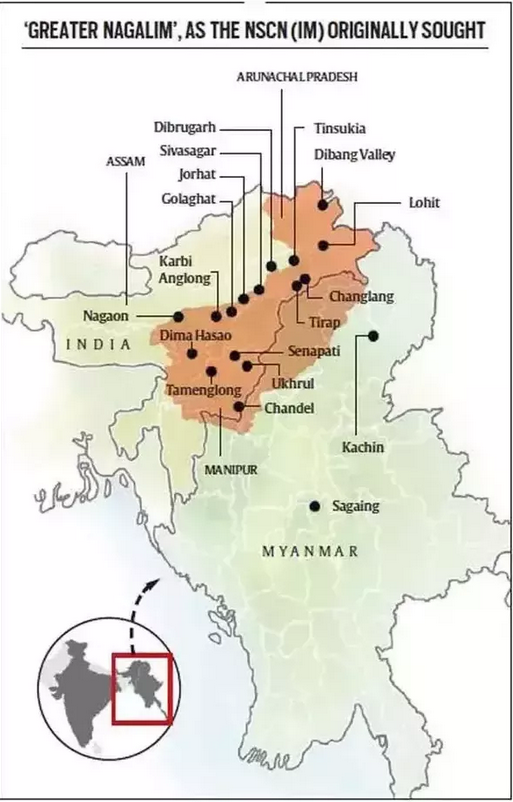





Disclaimer: Copyright infringement not intended.
Context
Nagaland Issue
https://epaper.thehindu.com/Home/ShareArticle?OrgId=G8I9RU0AI.1&imageview=0








© 2025 iasgyan. All right reserved